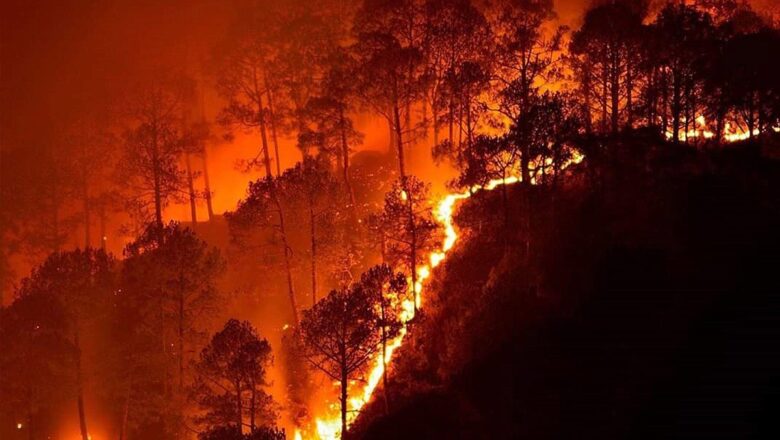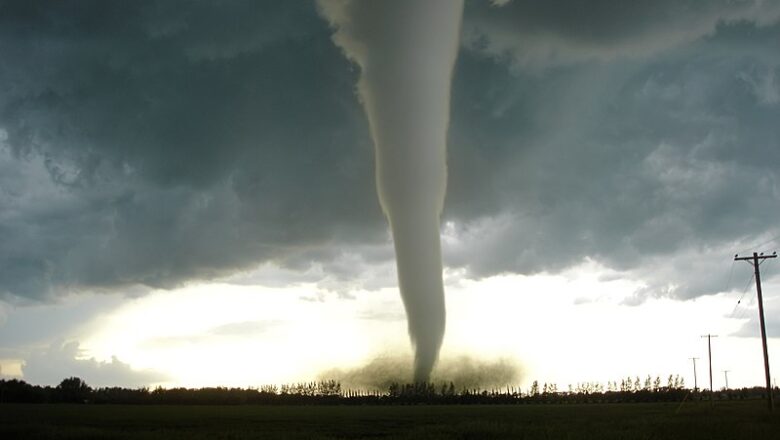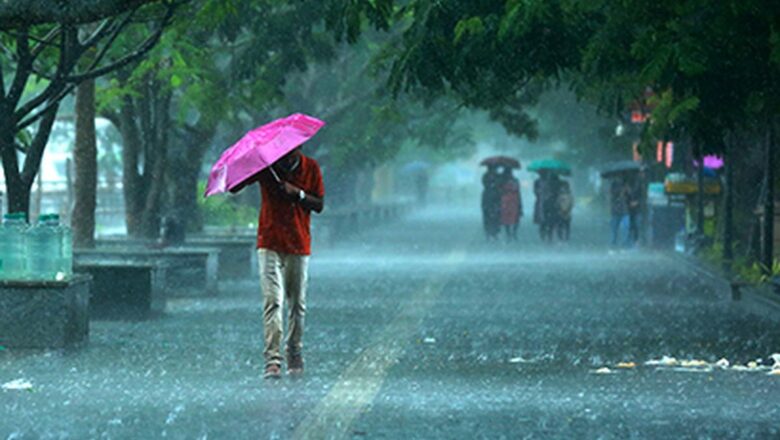
Astronomers Discover Tiny Exoplanet Orbiting Barnard’s Star, Just 6 Light-Years Away
In a groundbreaking discovery, scientists have found a new exoplanet orbiting Barnard’s Star, the nearest single star to our Solar System, located just 5.96 light-years away. This small, rocky world, named Barnard b, has a mass of only 37% that of Earth, making it one of the smallest exoplanets ever detected. Although uninhabitable, the discovery marks a significant step toward finding Earth-sized planets scattered across the galaxy.
Barnard b is incredibly close to its host star, completing an orbit every 3.15 days at just 0.02 astronomical units (AU) from the red dwarf. Despite Barnard’s Star being much cooler than our Sun, this proximity makes the planet too hot to sustain liquid water or life as we know it. However, the discovery is still a scientific marvel, as detecting such small...








